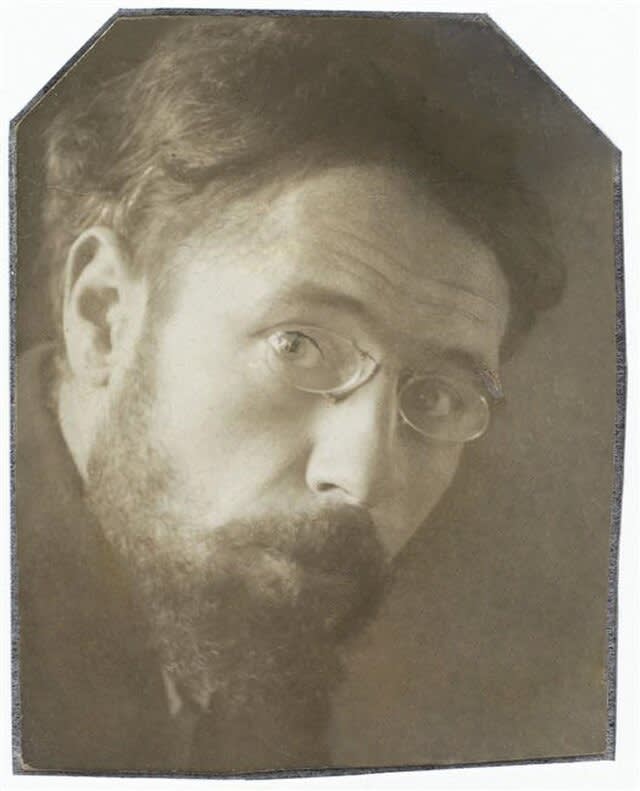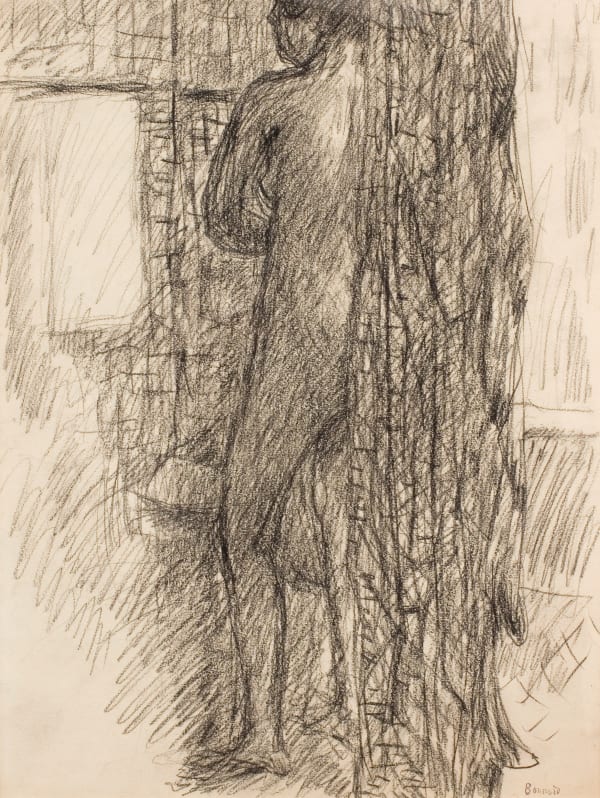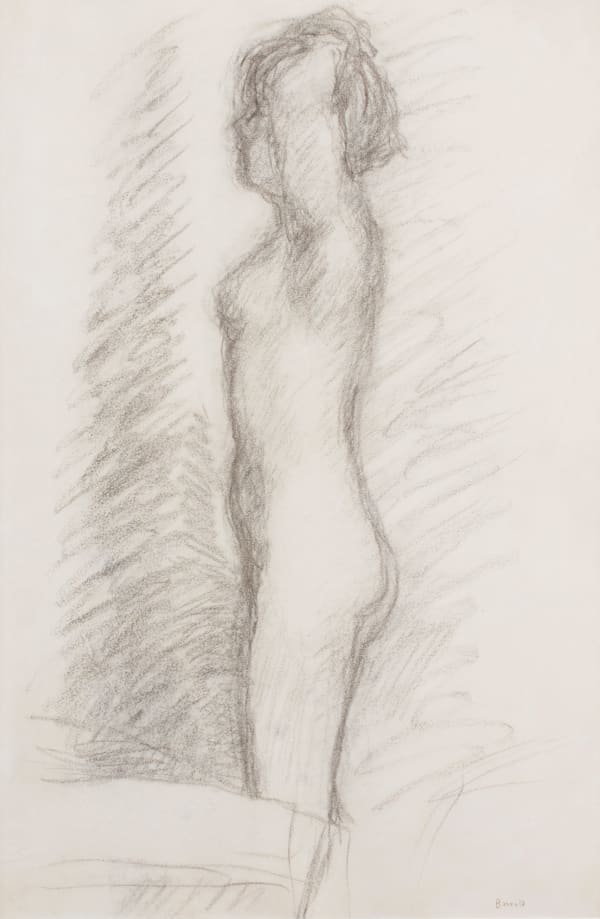Pierre Bonnard
The gallery regularly handles, acquires and advises on works by Pierre Bonnard. For more information or the availability of work, please contact the gallery.
Pierre Bonnard (1867-1947)
French painter. In 1888, although a law student, he became one of the Nabis group at the Académie Julian, Paris, whose influences were Gauguin and Japanese prints. He became a professional artist after selling a poster for champagne in 1889 and revealed a great flair for decoration and design in fans, furniture, lithography, theatre decor, and book illustration. He painted interiors in dark tones and sophisticated scenes of Parisian life, such as The Croquet Game (1892; Paris, Mus. d'Orsay), becoming known as the ‘Nabi très japonard’, simultaneously developing a quick, flickering drawing style, closely related to his painting method. Painting became his primary interest after 1900, his principal subjects being still lifes, landscapes, and nudes (Marthe de Méligny, his partner, and later his wife). Influenced by Monet but not following the precepts of Impressionism, he painted in the Seine valley until discovering the Midi in 1910, his preoccupations thereafter being light and colour. Bonnard revised his painting method in 1915, feeling that he had sacrificed form for colour. In 1926, a year after marrying, he bought the Villa du Bosquet above Le Cannet (Midi). It became his centre of activity and he remained there throughout the Second World War; Marthe died there in 1940. Bonnard's achievement is to make paint itself and the act of painting parts of the spectator's experience, creating transfigurations of perceived reality so luminous and so elusive that a mysterious, incandescent symbolism seems to emerge, giving the work a visionary quality: La Palme (1926; Washington, Phillips Coll.). He has been very influential.









